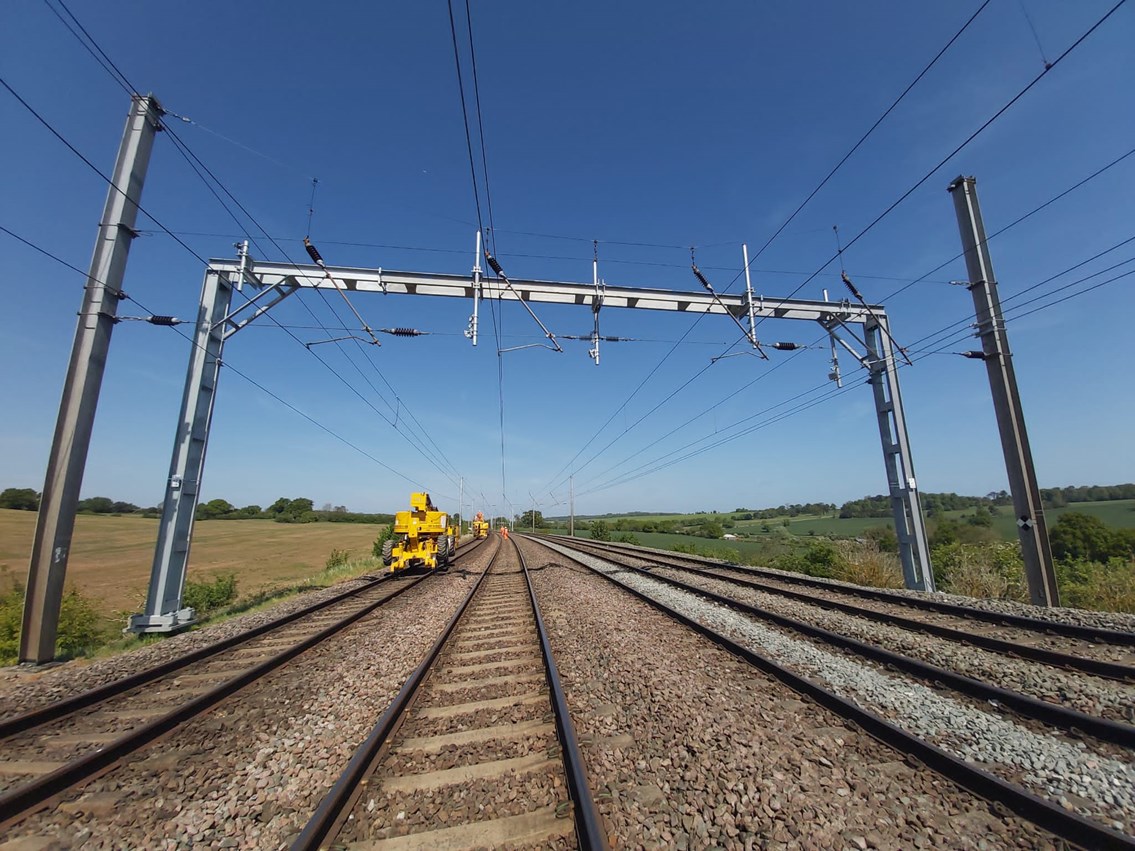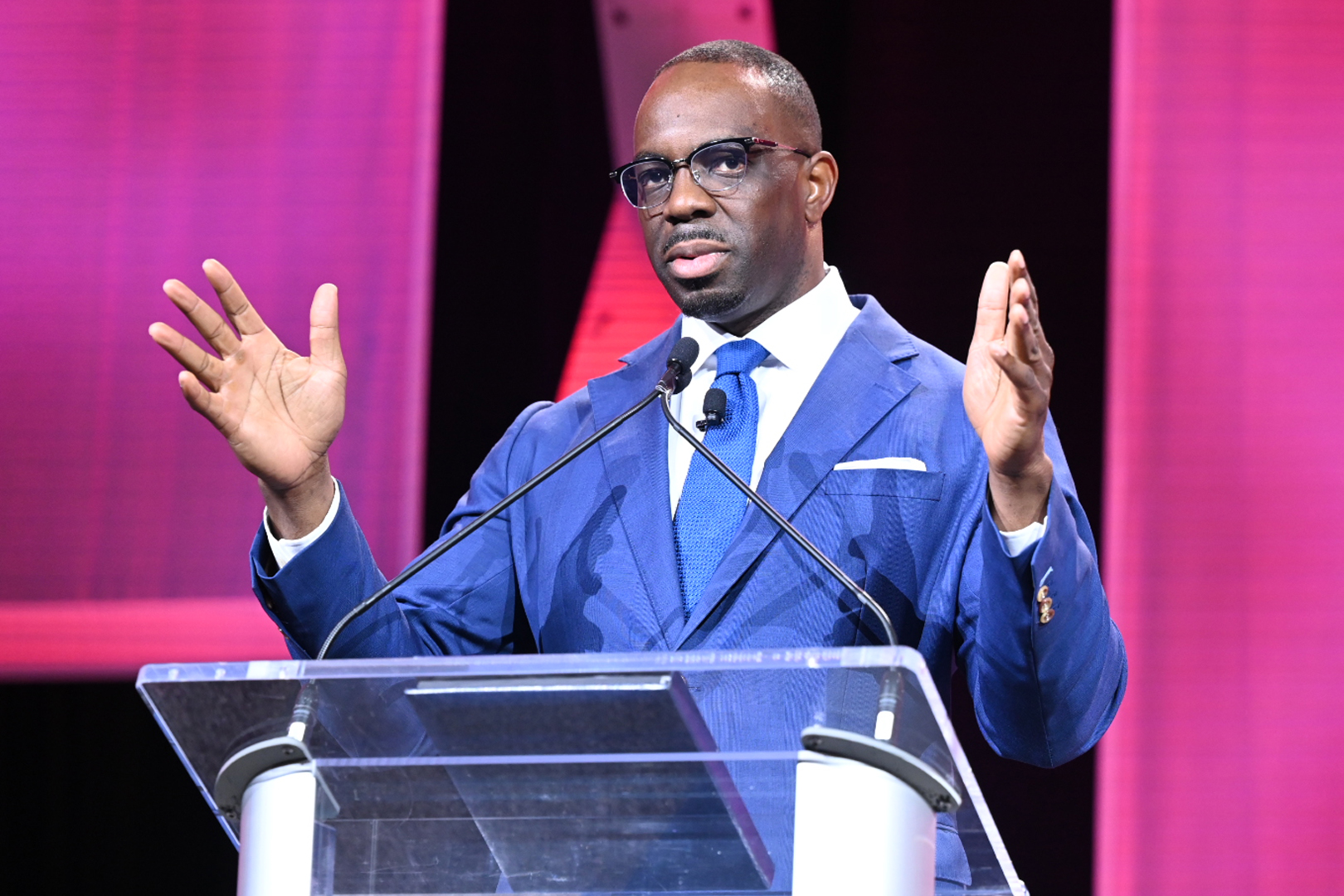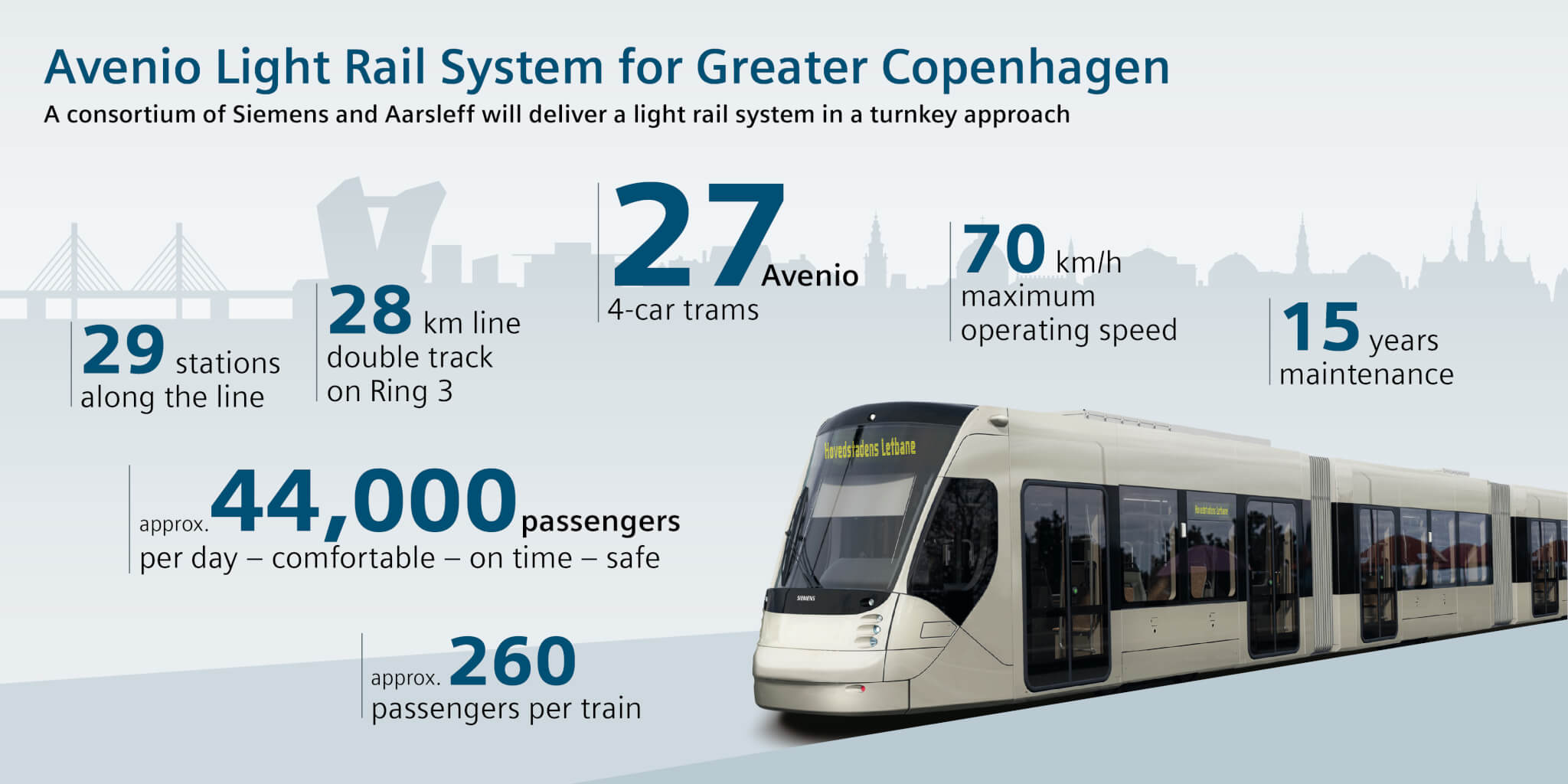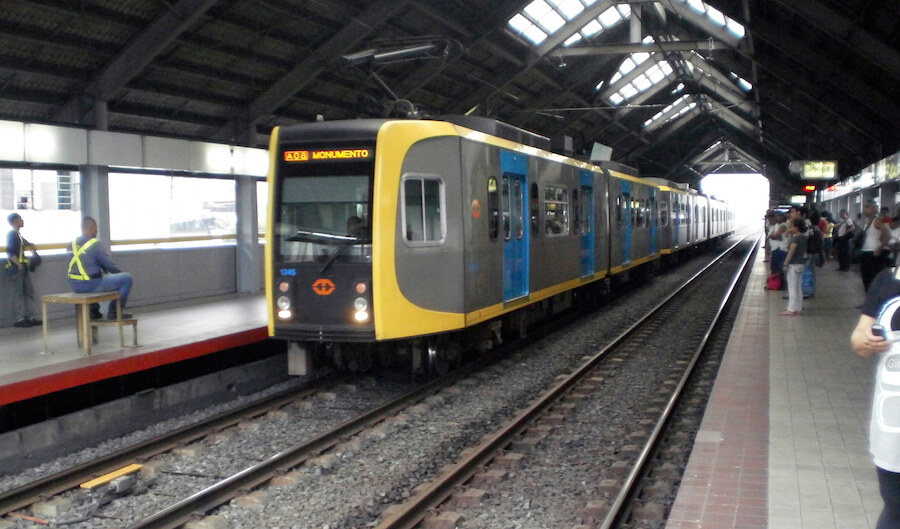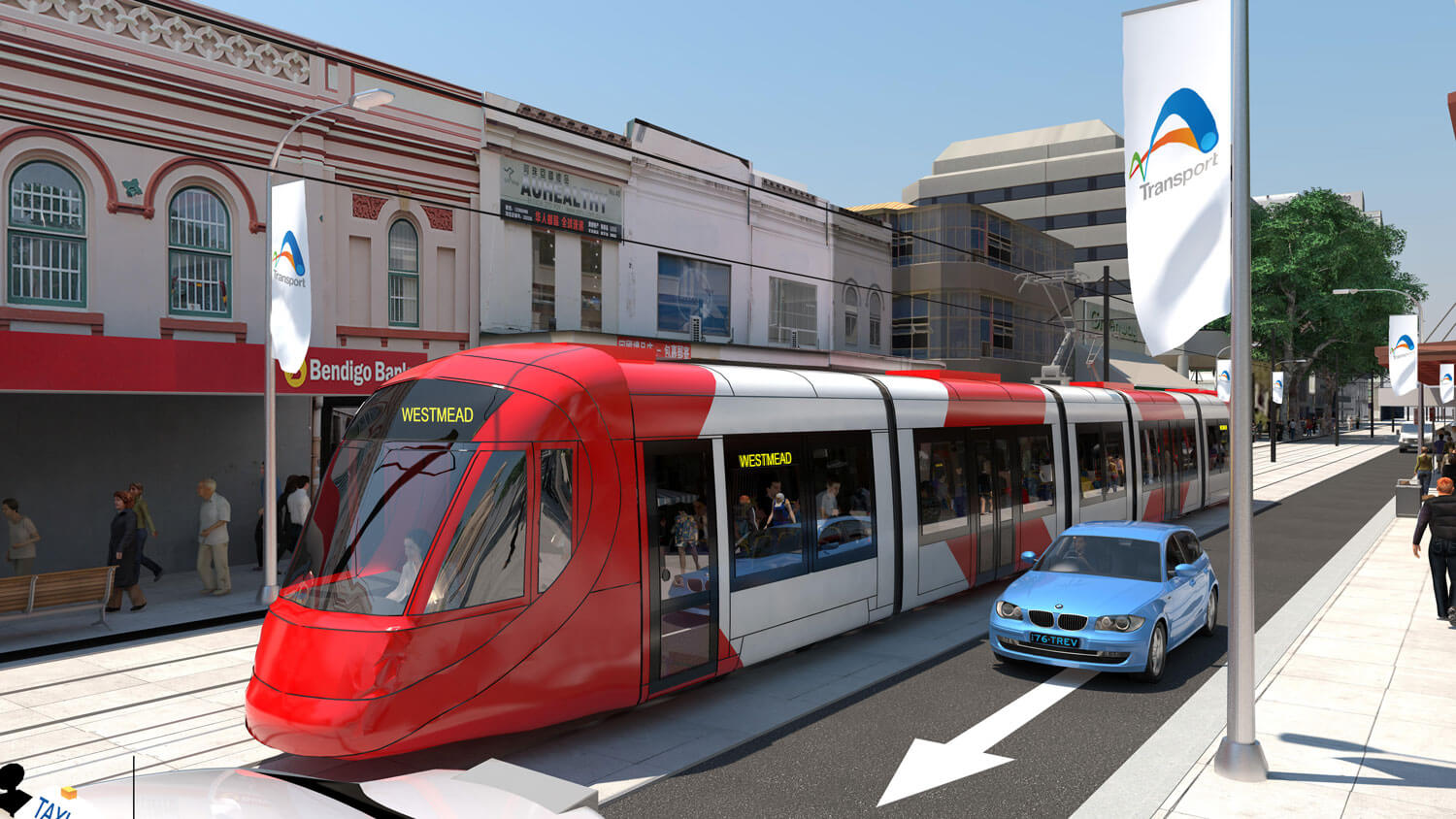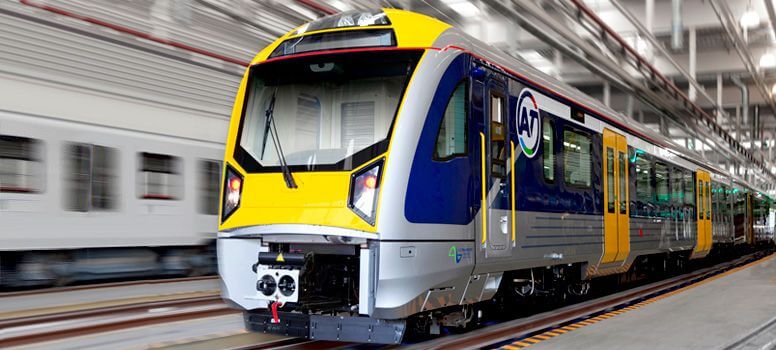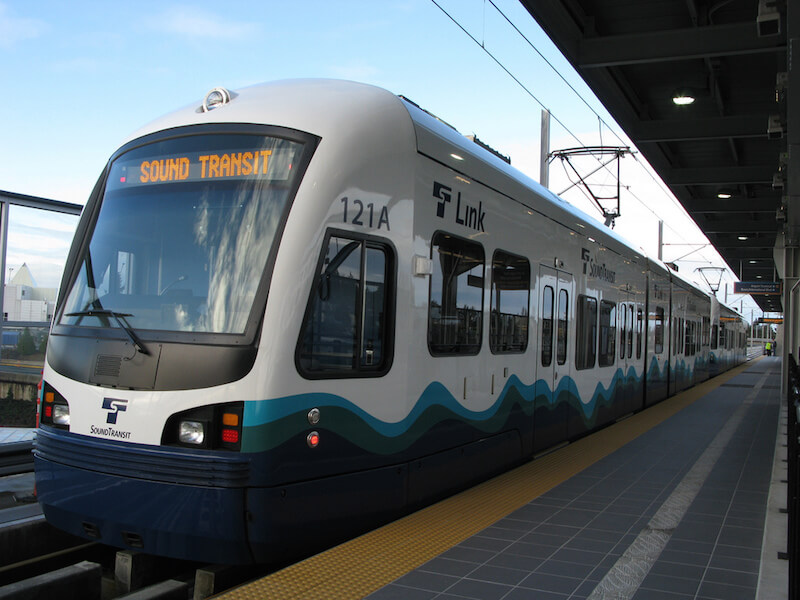The Government of New Zealand has announced NZ$4 billion funding for a light rail system in Auckland. The proposed system will link the airport of Auckland to the Central Business District and reduce congestion around the city.
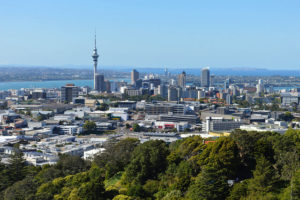
In 2017 the International Association of Public Transport ranked New Zealand 3rd in its biannual survey of growth in public transport use around the world between 2001 and 2014. 33.5% of New Zealanders live in Auckland, so transport in and around the city has generated extensive debate. In recent years Auckland has invested a lot of money in improving its rail network. A light rail system has been a high priority for Labour Mayor Phil Goff since his election in October 2016.
The National Party government (2008–2017) under Prime Minister John Key (Nov 2008–Dec 2016) rejected the idea however and accused the Labour Party of ‘pork barrel politics’ when they campaigned on the issue during a by-election in the same month as Goff’s election. In December of that year Key resigned and was replaced as PM by Bill English. The National Party remained in power and the new ministry seems to have had a more positive approach to the issue because in March 2017 it announced that light rail in Auckland was part of its 30 year plan for transport. This was to the disappointment of Mr Goff, however, as it also stated that construction would only start towards the end of that period.
The negative reaction to this delay seems to have focussed attention on the severe problems caused by congestion in a city which is expanding rapidly. In August 2017 English’s government announced increased funding for Auckland light rail and other transport projects in the city. In October 2017 Auckland City Council produced a report outlining the logistics for this Accelerated Delivery Strategy which would see the first phase of the project – a direct link from the airport to the city – completed by 2020, i.e. before the city hosts the America’s Cup (March 2021) and the Asia-Pacific Economic Co-operation (APEC) summit (Nov 2021).
In contrast to the Nationals, the New Zealand Labour Party has provided longstanding support for the project in opposition and has continued this since forming a coalition government with New Zealand First on 19 October 2017. The improved prospects for the construction of a light rail system in Auckland was one of the most notable changes in direction which commentators speculated would come from the new government.
Unfortunately, it was still a long time before supporters of the project reached their destination. In February 2018 Auckland Transport (AT) produced a draft Regional Land Transport Plan for 2018–2028 which announced extreme cuts to funding for public transport, but was forced to rewrite it after the government announced that it was a mistake because the agency had used an out of date calculator. The responsibilities for funding light rail have also prompted discord in the New Zealand press. Various partnerships between the government, the city council and private investors have been considered, but, emphasising the stark contrast with the previous government, the Labour Party have always seemed interested in providing full funding themselves. A final breakdown of costs remains unconfirmed, but the recent announcement is intended to cover it and other transport projects in the city.
Now though the plans for it seem to be becoming a reality. On 9 April 2018 the city council outlined its own vision for the system. A few days later Phil Twyford, the Minister for Housing and Transport in the Government, stated that he expected construction to start by 2020.
It seems clear that the deadlines stated in the Accelerated Delivery Strategy are not feasible. Rolling stock procurement needed to have got under way in 2017 for example. There needs to be more in place than just political will. If deadlines are not met, delays are inevitable. But Auckland is a large city, both by global standards and as a percentage of the population in New Zealand. The population is growing rapidly and the infrastructure of the city needs to expand to accommodate it. AT describes light rail as ‘both a solution and a catalyst:’
‘It has great potential to improve amenities, develop communities, provide access to jobs and education and attract investment. It will support Auckland as a forward thinking, sustainable, connected, and globally competitive city.’
For more information on the details of this project a Briefing Document is available from Auckland Transport.

















